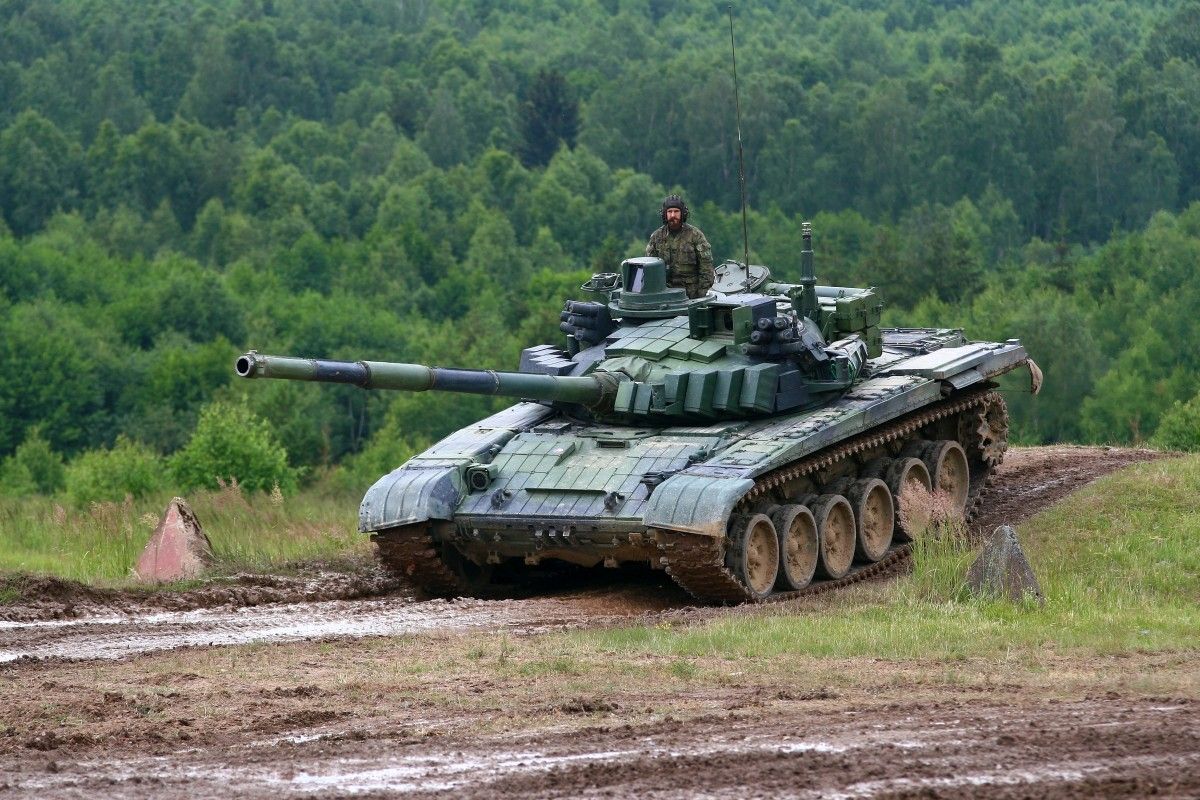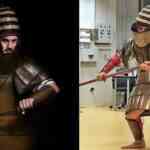
Scientists invited volunteers from the Greek Armed Forces to test the endurance and suitability to fight armor replicas from 3,500 years ago. Soldiers wearing dense armor stood for simulated eleven-hour battles inspired by Homer's "Iliad". Tests showed that specified armor could supply a considerable advantage to warriors on the battlefield.
One of the oldest known European armor is armor from 3,500 years ago found close Dendra village, a fewer kilometres from ancient Myken in Greece. It consisted of a helmet and armor made of bronze plates, joined by leather wrists. It was discovered in 1960, and since then there has been a dispute as to whether the armor was fit for combat or alternatively a ceremonial outfit. This question has crucial implications for knowing of the war in Europe in the late Bronze Age, but no historical sources describe the usage of this kind of armor.
In a fresh survey published in the letter “PLOS ONE” (DOI: 10.1371/journal.pone.0301494), scientists from the University of Thessalia, Greece, led by Andreas Flouris, established that the celebrated Mycenic armor was suitable for a long-standing fight.
Ancient Armor
– The armor from Dendra is considered to be 1 of the oldest complete armor from the European Bronze Age," Flouris said. "Since his discovery, the question remains whether the armor served only ceremonial or militant purposes," he added.
To find out, researchers invited 13 Greek Armed Forces Marine soldiers and equipped them with replicas of armor found close Dendra and bronze-era weapons. So armed soldiers faced a simulated eleven-hour battle. The fear was to reflect war activities based on historical accounts drawn from the pages of the celebrated Greek poet Homer "Iliady" – stories about the last 50 days of the Trojan War.
– We have isolated the information needed to make a combat simulation by mapping regular activities performed by elite warriors in the late Bronze Age. Then we utilized paleoclimate data to recreate the environmental conditions of that time in Troy," Flouris said.
Studies propose that the temperature in this region in the late Bronze Age ranged from 18 to 20 degrees Celsius, with yearly comparative humidity ranging from 70 to 80 percent.
But the researchers went even further. They wanted to have a full image of both the conditions at that time and the possibilities and efficiency of the erstwhile warriors. That is why marine volunteers followed a diet akin to that which a Mycenic soldier would eat in preparation for battle. specified a meal consisted of bread, beef, goat cheese, green olives, onions, and red wine.
Battle
Scientists utilized metals, including copper and zinc, or the alloy closest to the first material of ancient armor, to make replicas. The reconstructed armor corresponded to the exact dimensions of the artifact, and erstwhile completed with the helmet weighed 23 kilograms. Each of the test participants walked, ran, rode a replica of the chariot and fought dressed in dense armor with a sword, spear, bow and arrow.
During simulated fights, soldiers took part in various clashes, including one-on-one duels, infantry fights with chariots or long-distance clashes. The squad stated that the armor did not restrict the combat capability or origin a serious burden on the user. She was fit for many hours of fighting. Researchers speculate that the Mycenic armor technology has had a crucial impact on the past of this part of the world.
– The armor of this kind was suitable for usage in battle, not just during ceremony. The effectiveness and diversity of the Mycenic swords and spears have long been known. This addition of this set of dense armor gave the elite Mycenic warriors a considerable advantage – said Flouris, while adding that the Mycenics were "one of the best-equipped" soldiers at the time.
– Adding armored warriors who were taken to the battlefield in chariots, and so arriving on the front line with full energy resources, it turns out that these warriors had to be dangerous opponents," Flouris said.
However, only rich, elite warriors wore specified armor, as evidenced by valuable artifacts found together with armor in a tomb close Dendra. Private soldiers had no armor at all or wore much lighter protection.
Source: Public Library of Science, Live Science, photograph Flouris et al., 2024, PLOS ONE, CC-BY 4.0

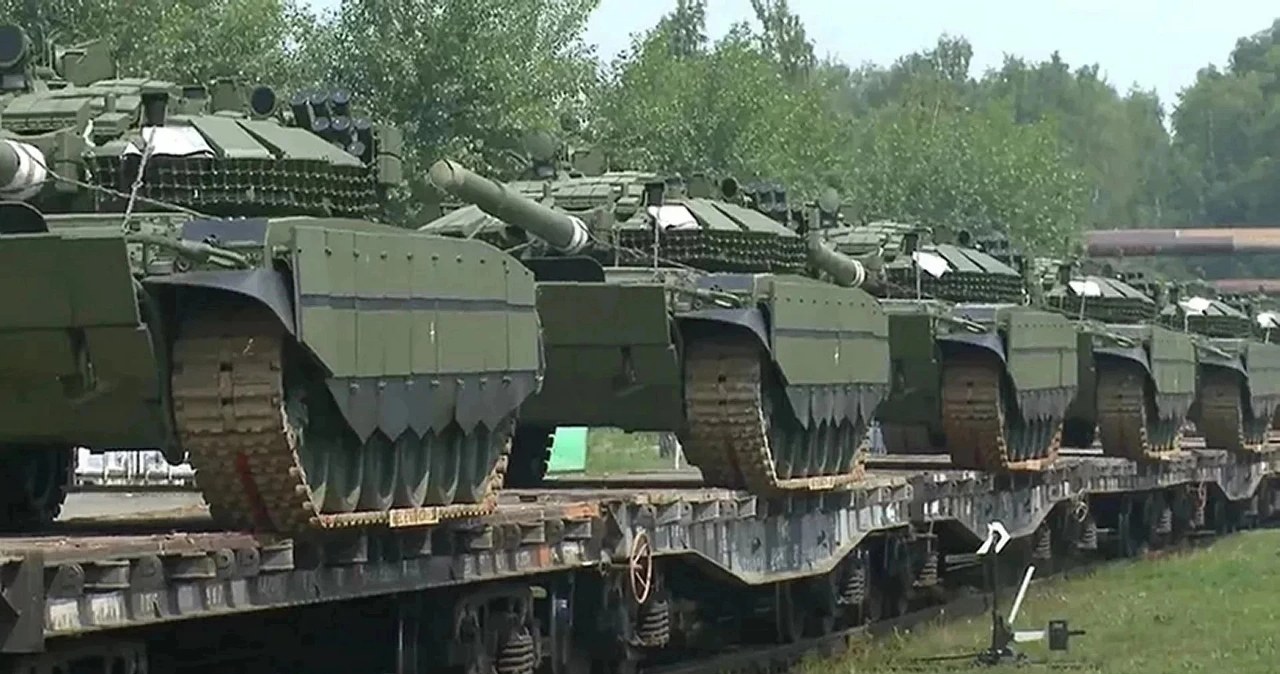


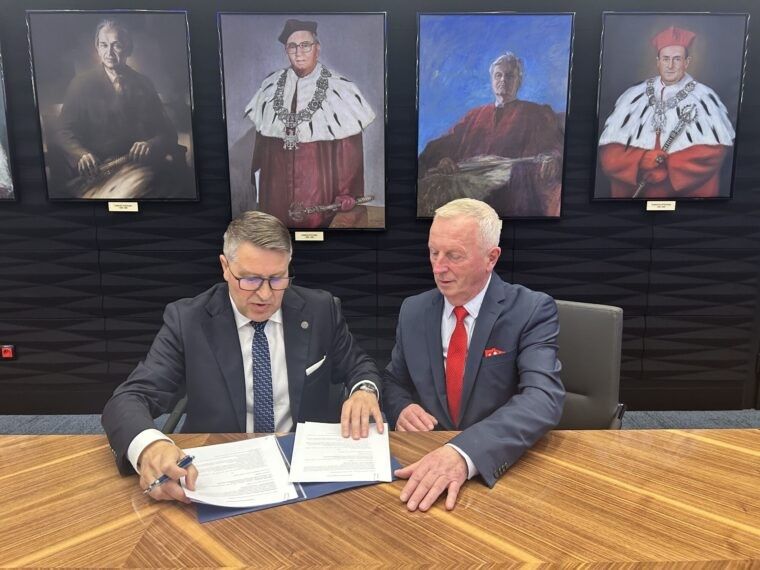
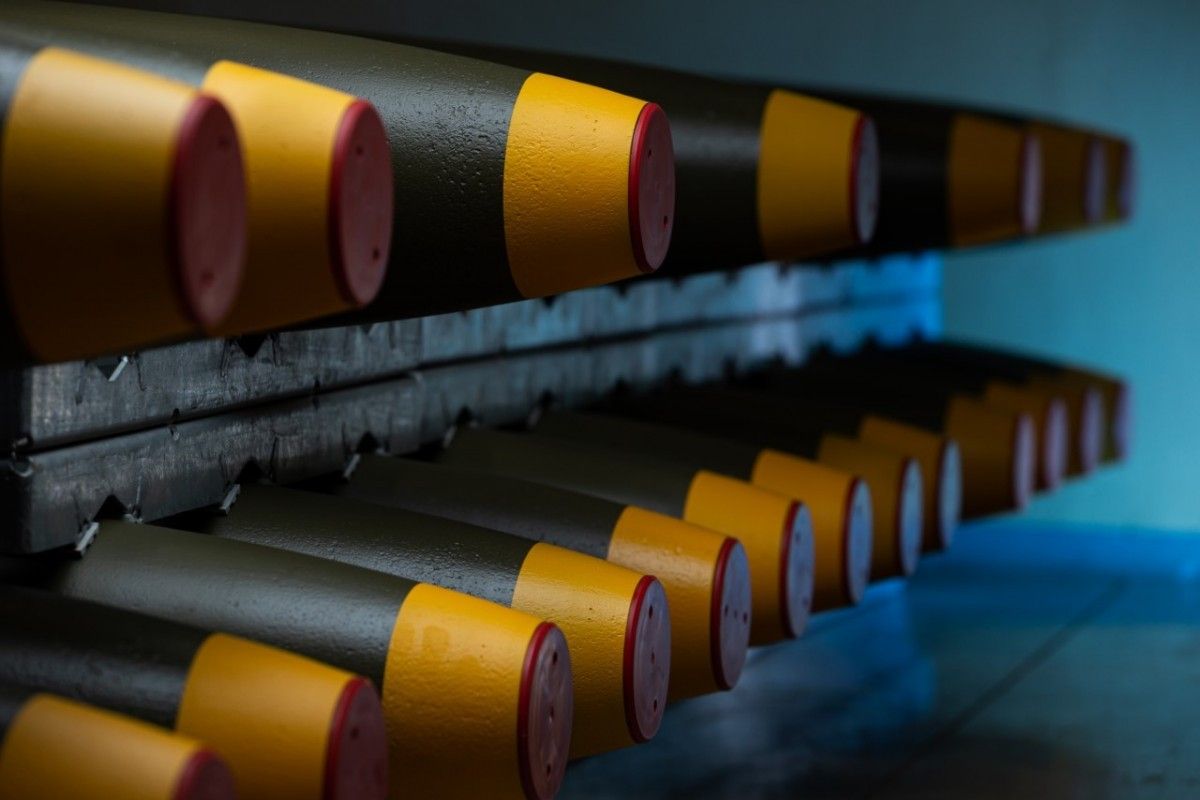
![Strykers like Leopards: First for a dollar, then an detonation of costs [OPINION]](https://cdn.defence24.pl/2021/08/16/1200xpx/2021/08/16/originals/A2U8Vq06oXtkPamKzJ2grrghC3QwuKUkIJfk4i3E.j5ff.jpg)

